In a watershed event for the California central coast’s small Jewish community, the Santa Barbara Jewish Federation marked the 65th anniversary of Kristallnacht by opening the city’s first permanent Holocaust exhibit.
The opening shows just how far this small Jewish community has come.
"This is a first for Santa Barbara; the [Jewish] community has grown slowly," said local attorney Steve Amerikaner, whose parents survived Dachau and saw their son born in a Displaced Persons Camp.
With an estimated 5,000-8000 Jews, sun-kissed Santa Barbara has four synagogues and a Hillel at UCSB.
"We don’t naturally want to think or speak about this stuff," said filmmaker and Montecito resident Ivan Reitman, who was born into a Slovakian Jewish family in 1946.
"We bask in the freedom and fortune of this country, especially here in beautiful Santa Barbara. [But] we have certain enemies that say that the Holocaust was greatly exaggerated or that it wasn’t so bad. So speak we must."
Several hundred Santa Barbara Jews crowded into the Bronfman Family Jewish Community Center for the Nov. 9th opening of the Santa Barbara Jewish Federation’s new "Portraits of Survival: Life Journeys During the Holocaust and Beyond" exhibit. It tells concise stories of 38 local adult and child survivors, including Reitman’s parents Leslie and Clara, an Auschwitz survivor.
Located in a small building near the city’s popular State Street, the exhibit is classic Santa Barbara, as its walls are a calming white. Rather than being huge and overpowering like some national exhibits, "Portraits" is small and neighborly, its almost cozy display space comprised of 38, three-panel sets showing faded photos, letters, transit documents and other mementos.
The two front panels tell the survivors’ story in their own words, some in their own handwriting. But each panel’s right side also opens up to show, on its other side, a full portrait of the survivor today. Child survivor Lili Schiff was photographed sitting near a pond. Stella Better posed with her poodle. Anti-Nazi journalist Kurt Singer later wrote books about espionage; now 92 and with both legs amputated, he posed in his wheelchair, holding one of his spy books and a magnifying glass. Klara Zimmer died three years ago, so her exhibit photo found her portrait centered in sunlight, flanked by her toddler twin grandchildren, Max and Sophia.
Schiff’s story clearly moved the crowd. One of two daughters of assimilated Belgian Jews, Schiff was hidden for two years by an illiterate Belgian coal miner and his wife.
A Gestapo raid saw Schiff and her sister, Frida, driven to a rural convent by the Rev. Bruno Reynders, the Catholic priest whose hiding of 316 Belgian Jews including 200 children saw him called, "Righteous Among the Nations" at Jerusalem’s Yad Vashem memorial.
At the convent, the two girls lived with the nuns for the war’s last two years.
"They even taught me to play the piano," Schiff said.
That Catholic convent remains the mother house of the Sisters of Notre Dame de Namur. At the "Portraits" event, the Federation thanked and honored the religious order’s Santa Barbara-based nuns on behalf of their Belgian sisters.
"Portraits" is sponsored by UCSB and Santa Barbara Bank & Trust and was conceived by Mara Kohn, the wife of UCSB physicist and Nobel Prize winner Walter Kohn, an Austrian Jewish refugee.
Local Federation honorees also included Annie Schipper, who, with her late husband, hid a Jewish family in their home in occupied Holland, and American veterans Morton Barrish and Norman Blau, whose military units liberated Dachau.
Though Reitman has created comedy mega-hits including "Ghostbusters" and "Stripes," he held back tears while describing how his late parents escaped Nazis and Communists and found freedom in Canada.
"Before my bar mitzvah I asked my father, ‘Do you believe in God?’" said Reitman. "And he said, ‘Absolutely.’ At least six times during these years, things happened where he had no business staying alive."
With "Portraits" opening exactly 65 years after Nazi Germany’s Nov. 9, 1938, "Night of the Broken Glass," survivor Ericka Kahn spoke about being 13 years old, hiding with other scared children in her Berlin school.
"I can’t believe that I’m here, looking at all of you," said Kahn, who then asked all the children to come forward and light six candles in memory of the Holocaust’s 6 million murdered Jews.
Schiff’s son, Eric, attended the opening with his young son and daughter, driving down from Lompoc in remote, northern Santa Barbara County. There are so few Jews up there, Eric Schiff said, that among his neighbors and co-workers, "when they find out that I’m Jewish, they say, ‘I thought you were American.’ So we’re trying to open their eyes."
The "Portraits" stories have re-educated Eric Schiff, whose mother did not discuss the war with her children.
"Even today," he said, "just reading about my mom in the exhibit, I learn more."
The exhibit is at the Santa Barbara Jewish Federation, 524 Chapala St., Santa Barbara. For more information, call (805) 957-1115.






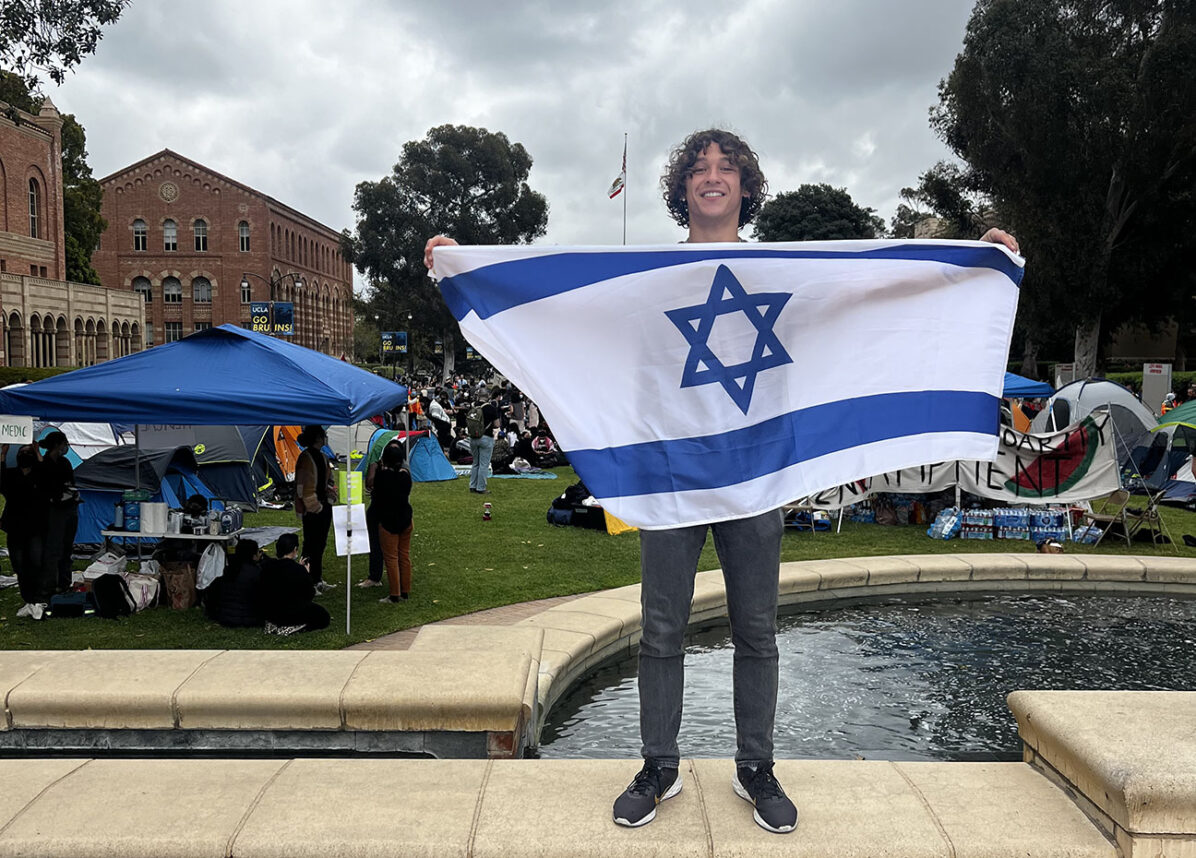
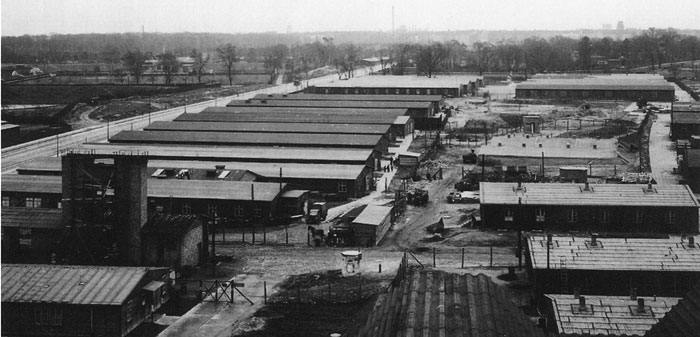
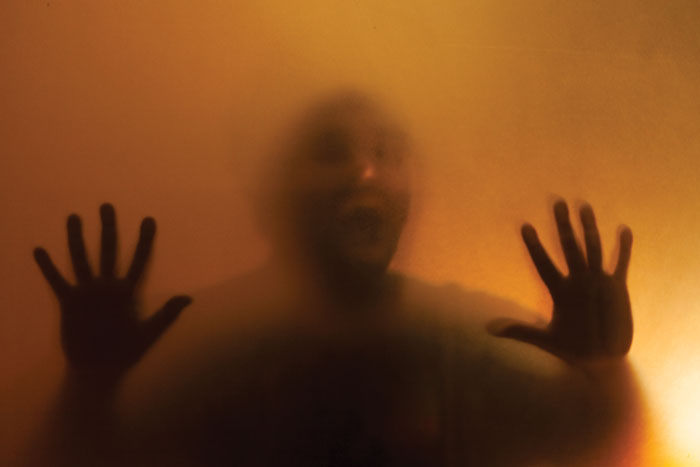
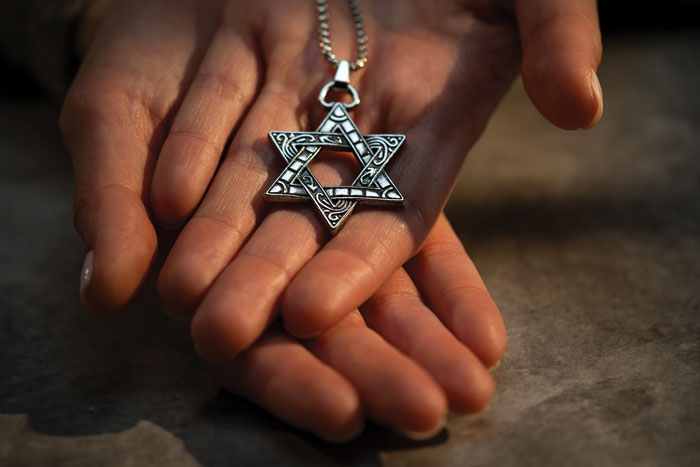

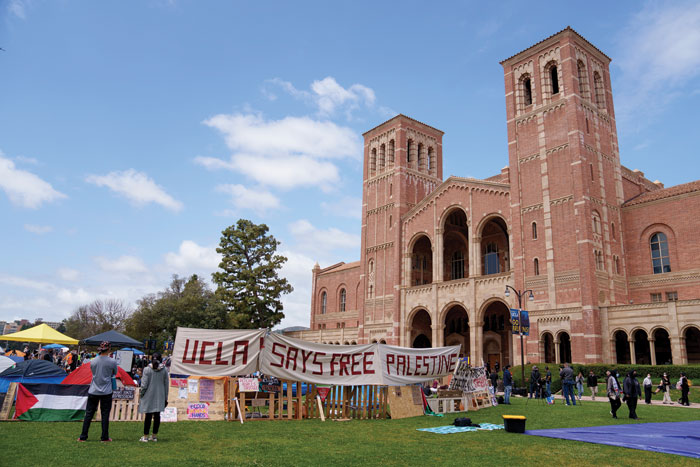


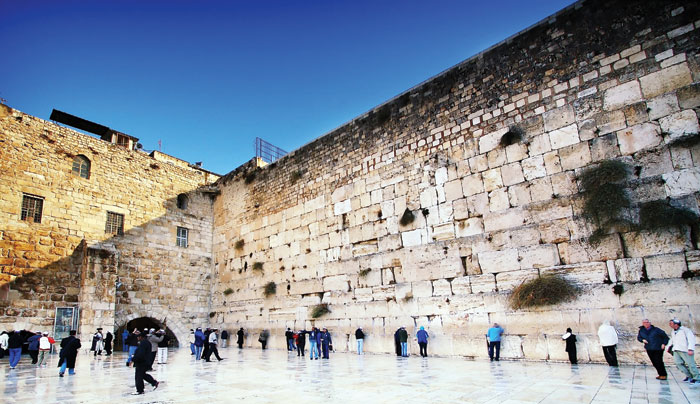
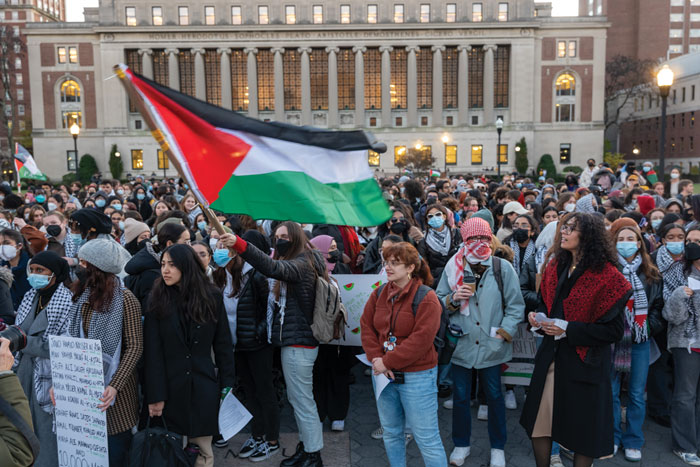
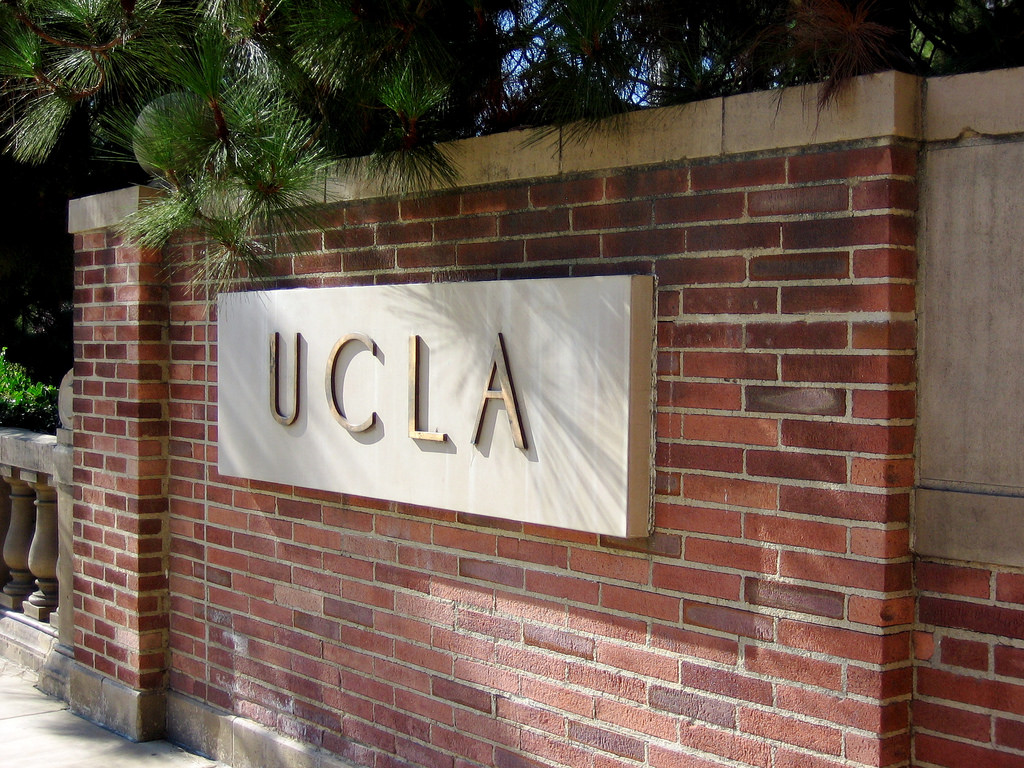





 More news and opinions than at a Shabbat dinner, right in your inbox.
More news and opinions than at a Shabbat dinner, right in your inbox.